-
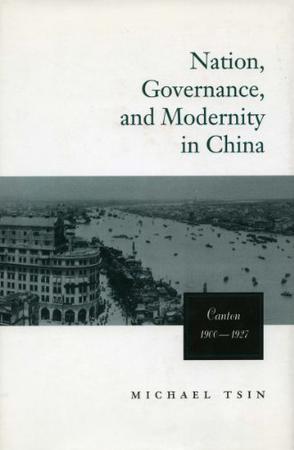
Nation, Governance, and Modernity in China
This is the first detailed study in English of the city of Canton (Guangzhou), the cradle of the Chinese revolution, in the first quarter of the twentieth century. In retracing various fragments of the city’s history in this period, the book argues that modernist politics as practiced by the Nationalists and Communists represented a specific political rationality embedded in the context of a novel conception of the social realm. Modern governments invariably base their claim to legitimacy on the support of “society” or “the people.” The mobilization of hitherto disenfranchised constituents into the political process is thus a central component of the nation-state. Modern governments also produce schemes for categorizing and organizing these same constituents to ensure social unity and their base of support. The author analyzes this apparent paradox of modern governance—emancipation and discipline—as shown in the discourse and practice of Canton elites and the lives of the city’s inhabitants. Canton, which witnessed the modernization of both its physical and social structures in the early twentieth century, was the site of the first modernist government in Chinese history. The new governing elites, the Nationalists and Communists, attempted to dissect and classify their constituents into different classes or segments and to transform them into disciplined members of a new body social. Contrary to their expectations, extensive organizational work, though empowering the newly mobilized, did not lead to the formation of a well-ordered society. Instead, it brought into sharp focus the heterogeneity of Canton society and highlighted the impossibility of its analysis and management as a totality. To the dismay of the modernizers, social discipline could be restored only through violence. -
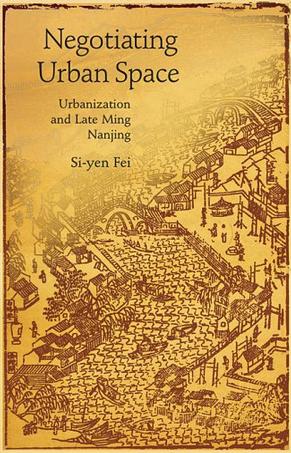
Negotiating Urban Space
Urbanization was central to development in late imperial China. Yet its impact is heatedly debated, although scholars agree that it triggered neither Weberian urban autonomy nor Habermasian civil society. This book argues that this conceptual impasse derives from the fact that the seemingly continuous urban expansion was in fact punctuated by a wide variety of “dynastic urbanisms.” Historians should, the author contends, view urbanization not as an automatic by-product of commercial forces but as a process shaped by institutional frameworks and cultural trends in each dynasty. This characteristic is particularly evident in the Ming. As the empire grew increasingly urbanized, the gap between the early Ming valorization of the rural and late Ming reality infringed upon the livelihood and identity of urban residents. This contradiction went almost unremarked in court forums and discussions among elites, leaving its resolution to local initiatives and negotiations. Using Nanjing—a metropolis along the Yangzi River and onetime capital of the Ming—as a central case, the author demonstrates that, prompted by this unique form of urban-rural contradiction, the actions and creations of urban residents transformed the city on multiple levels: as an urban community, as a metropolitan region, as an imagined space, and, finally, as a discursive subject. -
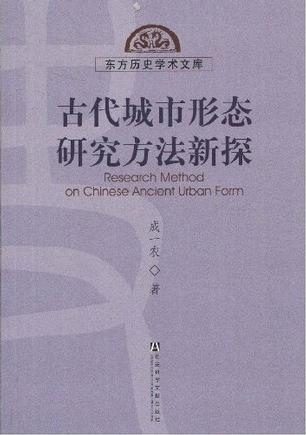
古代城市形态研究方法新探
古代城市形态研究方法新探,ISBN:9787509709085,作者:成一农 著 -
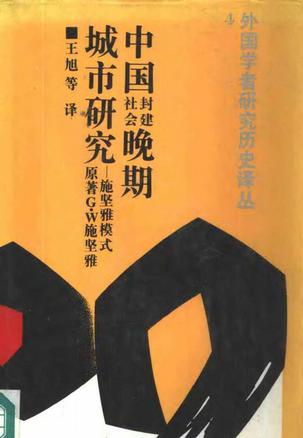
中国封建社会晚期城市研究:施坚雅模式
收施坚雅(G. William Skinner)城市史研究论丛七篇,除《19世纪四川的人口》、《中国历史的结构》外均系《中华帝国晚期的城市》一书各部分导论。 -
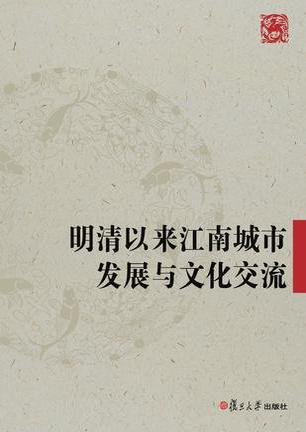
明清以来江南城市发展与文化交流
《明清以来江南城市发展与文化交流》仍然旨在将“江南研究”作为我们历史学科进行国际学术合作与交流的重要平台,来观照古代至近代中外的交流与互动。有着不同学术文化背景的专家学者,在“圆桌讨论”的环节,进行了相关问题的激烈论辩,以及就近年来中国城市史研究做了非常有意义的信息交换,这些信息比较充分地反映在本集的“圆桌讨论”一栏。 “演讲荟萃”栏目收录的是近年来访问复旦大学历史系的中外学者的一些重要演讲,这些演讲的整理,可以把中外学者最新的一些学术探索贡献给学界。演讲稿以演讲的时间先后排序。希望本集所提供的演讲信息,能大致反映出近年来历史系所持续展开的一些重要的学术交流。 -
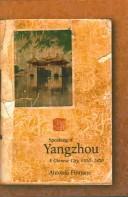
Speaking of Yangzhou